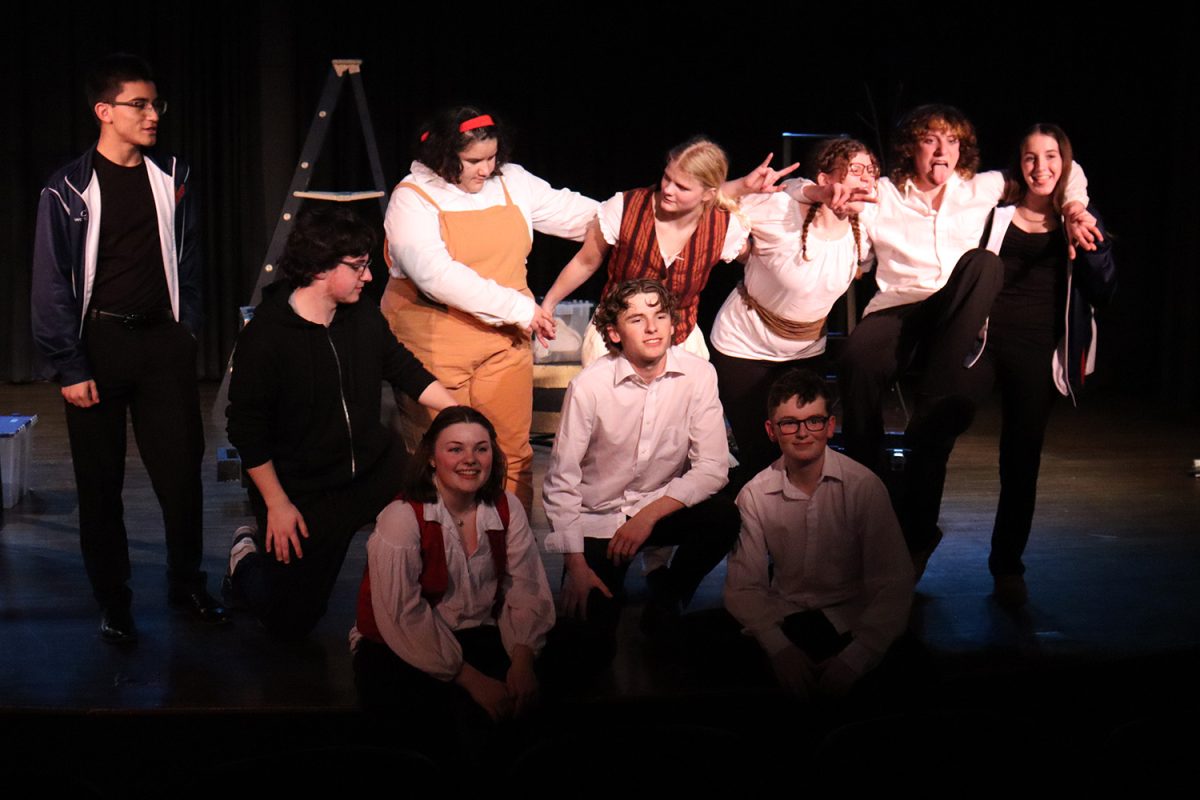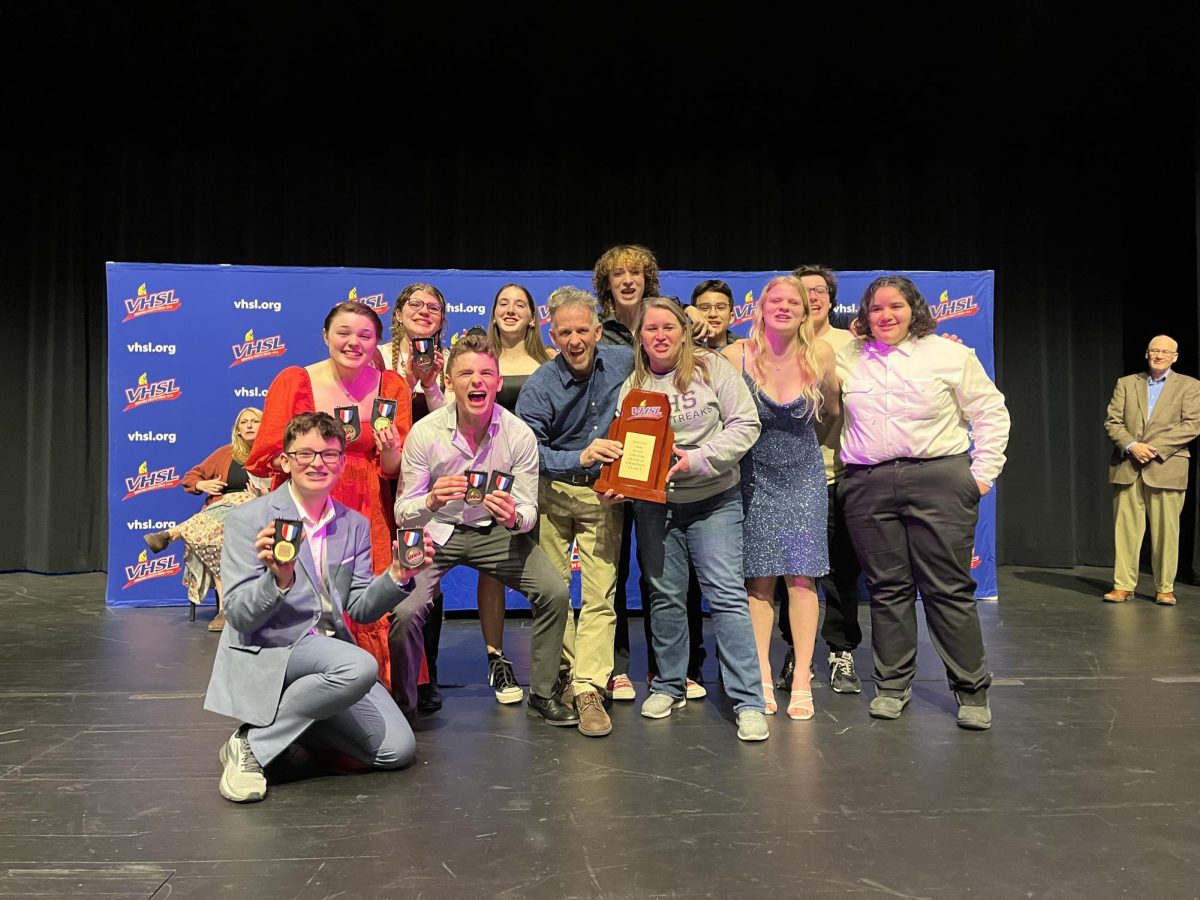
The smoke from the fires that started in the 1950s and 1960s, destroying houses in the Northeast neighborhood, remained in the atmosphere 74 years later, covering the community with a smog-like form of disparity that members are trying to clear to this day.
In Harrisonburg, one neighborhood is rich in diversity, more than any other neighborhood, the Northeast neighborhood. The historically Black neighborhood is also rich in poverty.
6% of Harrisonburg residents are Black, yet in Harrisonburg the race that is most likely to be in poverty is Black.
Northeast Neighborhood Association (NENA) president Karen Thomas reasoned this to be a result of the Urban Renewal project, which destroyed homes in the neighborhood to upgrade areas as the government saw fit.
To upgrade these neighborhoods, the government needed to remove houses to make space for the projects they saw fit for the location. In terms of the Northeast neighborhood, it’s a discount store on N Main St, Roses and a Seven-Eleven on the same street among other small projects.
The Housing Act of 1949 made it possible for cities across Virginia to destroy homes and replace them with businesses that were to their standard.
The Housing Act of 1949 stated three things: clearing of “slums”, expanding the Federal Housing Administration mortgage insurance program and storing funds to create 800,000 units of public housing.
The result of the Urban Renewal projects was the displacement of millions around the country, pushing them to move out permanently, and generational poverty as a result of losing property assets that they pass onto their children.
The federal policy stated that it would compensate individuals for their property, such as aiding them in finding another place to live, but did not keep up with its promises.
A project was done by the University of Richmond’s Digital Scholarship Lab where they investigated the effects of Urban Renewal projects on cities across the U.S. In Harrisonburg, 116 families were displaced, the majority being in the Northeast neighborhood. 52% of these families were families of color. The project also found that families of color were consistently displaced at higher rates than their white counterparts.
In response to the heightened crime in the area that Thomas lived in, she started a neighborhood watch party which would later turn into the association that helped revive Black history in Harrisonburg.
“I founded the Northeast Neighborhood Association in 2006, when it was a time of high crime and we started off with a neighborhood watch program that the Harrisonburg police department formed and we worked closely with the police department,” Thomas said.
Thomas had lived her whole life in the Northeast neighborhood.
“The neighborhood used to be considered predominantly an African American neighborhood and this is where I grew up in because we really couldn’t go anywhere past North Main Street too much until integration, of course. It has always been a beautiful neighborhood. It has beautiful trees, plants and gardens. People did most of their own gardening and butchering and all those kinds of things. It had a lot of businesses and stores, beauty shops, barber shops and a lot of insurance companies. Just different things that you needed to live, we were very self-sufficient in this neighborhood,” Thomas said.
She was there to witness the beauty and perseverance of African Americans in the neighborhood as they rose from segregation and enslavement, created businesses and bought homes, and she was there to witness the urban renewal which destroyed much more than just buildings.
“Urban renewal came and destroyed the neighborhood. Things have really changed since then,” Thomas said. “In the late 50s and early 60s, they took people’s homes and burned them down and they gave them very little money for their homes for the ones that owned homes not enough for them to build again- so a lot of people went away, it really destroyed the neighborhood and divided it.”
Having witnessed the mutation, Thomas called Urban Renewal “the worst thing to happen to this community”.
“It was the dreams and the progress of many of the families that were just crushed. It destroyed dozens of Black homes and businesses,” Thomas said.
“Slums” and “blighted” were words used to describe the communities that Urban Renewal would target. However, accounts and pictures show that the Northeast neighborhood was nothing close to that.
“They came into Harrisonburg, and they did it in our neighborhood because we were the Black neighborhood. I’m sure that they couldn’t have done it anywhere else. They were saying that our neighborhood was blighted. A lot of homes that they took away and burnt down were not blighted, we have pictures to prove that that was the reason because they did it in Black neighborhoods around the country,” Thomas said.
Thomas attributed the reason poverty struck the Northeast neighborhood the highest to the destruction the Urban Renewal has cost the community.
“They took all of our generational wealth, homes that were worth a lot of money that people could have left to their children and they could have built on that and other homes, and the generational wealth was destroyed. The community was destroyed. You couldn’t get jobs anywhere here either, so many people just moved away. The reason the neighborhood is the way it is because of that because, before that, the neighborhood was thriving and very self-sufficient. Urban Renewal destroyed it,” Thomas said.
Despite the blighted history, organizations like NENA work to restore and celebrate the history of Black people in Harrisonburg as well as fix and recognize the mistakes the city has made toward the people living in the community.
“Our mission states NENA needs an African American restoration cultural heritage projects in Harrisonburg. We shifted away from the neighborhood watch thing and started concentrating on the rich history of this neighborhood, we were able to get the Newtown Cemetery and the Dallard Newmon House on the National Register of Historical Sites and we were also able to get a marker recognizing the lynching of Charlotte Harris in court square, that’s one thing we were very proud of that we were able to do that,” Thomas said.
Restoring the relationship between their community and the city has been a treacherous path.
“Right now, the Northeast Neighborhood Association is partnering and working with the cities, Community Connector Program, and that is a program from Smart Growth America, which our Northeast Neighborhood Association and Black Heritage Project is working to rebuild the trust that was lost between the Northeast residents and the city,” Thomas said.
One problem they faced in communicating with the city government was issuing more investment in the community that was destroyed.
“They will say ‘We put sidewalks in the Northeast’, but they put them all around the Northeast, like in Washington Street, maybe Gay Street, but when you come right into the Northeast where Kelly, Johnson, Harris, Myrtle are, there is really not that much there,” Thomas said.
Time heals all wounds, and the Northeast community is working with time to heal the wounds left by the fires of Urban Renewal. NENA is working with many organizations to repair the scars of the past.
“This Community Connector Program and working with some of the city staff I believe are very committed to making a change because our mission in that group is to rebuild the trust between the residents and the city and repair the past homes. Not only address them but repair the past harms, and then connect today’s Northeast neighborhood with the heart of the city, our most important goal,” Thomas said.








